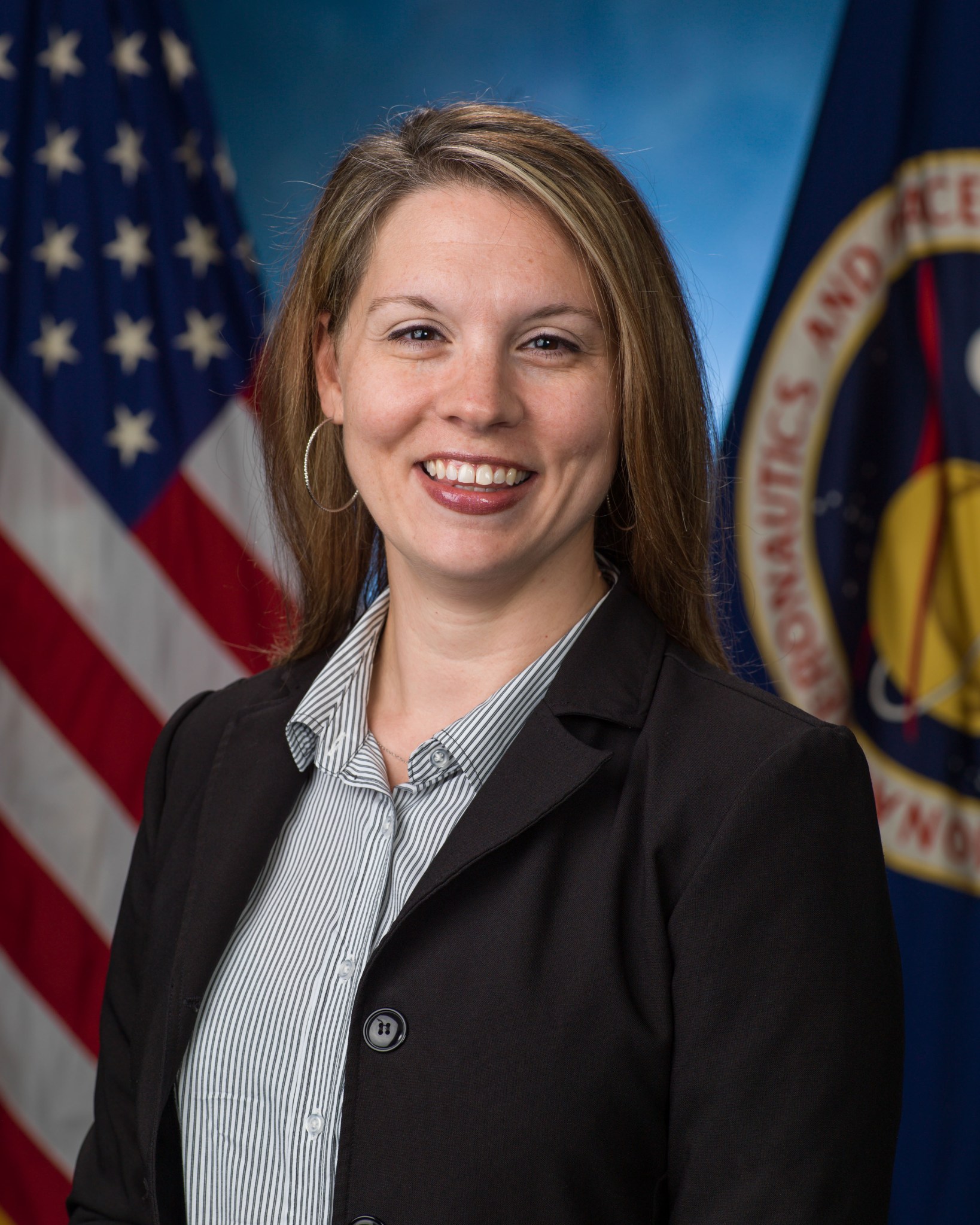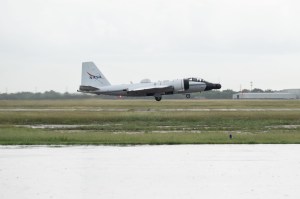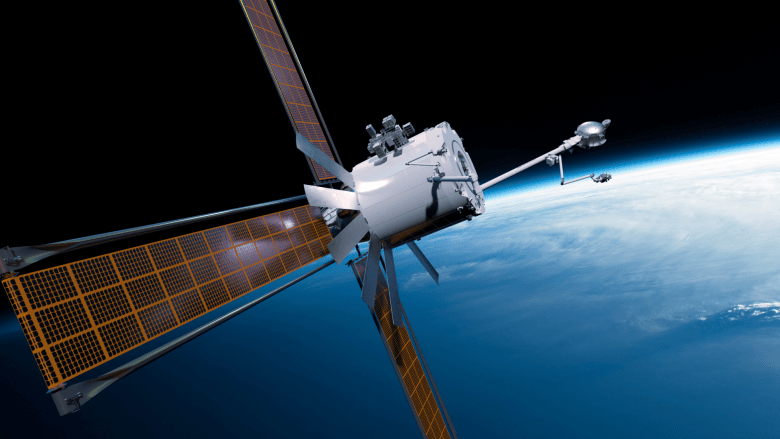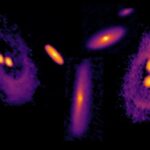Now Reading: Chief Training Officer Teresa Sindelar Touches the Future of Human Spaceflight
-
01
Chief Training Officer Teresa Sindelar Touches the Future of Human Spaceflight
Chief Training Officer Teresa Sindelar Touches the Future of Human Spaceflight
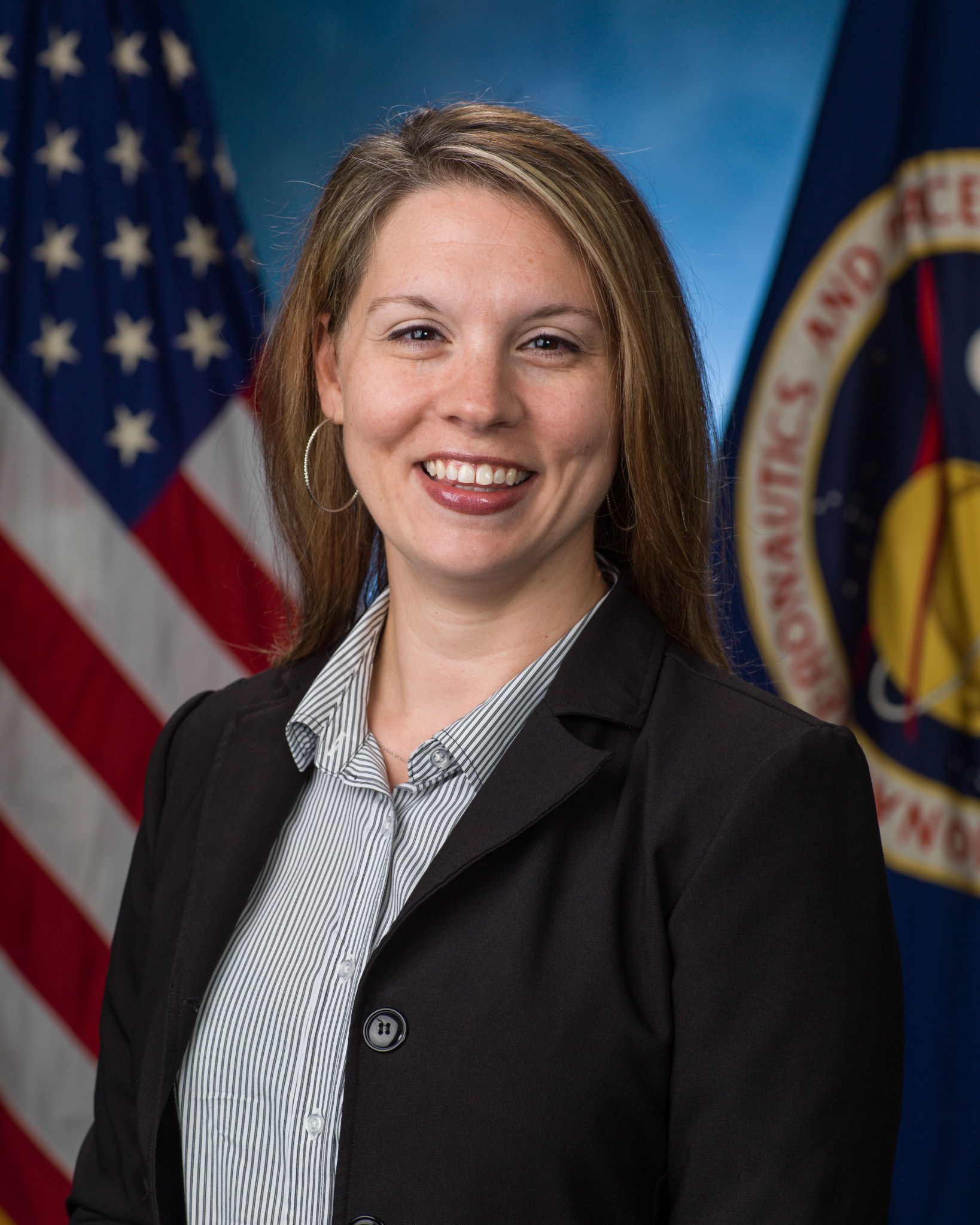
Teresa Sindelar always knew she wanted to be a part of human spaceflight, but she was unsure how to make that dream a reality until a chance encounter with former NASA astronaut Tom Stafford when she was 11 years old.
The pair met in a local jewelry shop near Sindelar’s Nebraska home, where Gen. Stafford was signing autographs. In addition to his photo, Gen. Stafford gave Sindelar a valuable tip – she should check out the Kansas Cosmosphere, a space museum in Hutchinson, Kansas. “I proceeded to attend every camp the Cosmosphere offered as a student, interned during college, and worked there full time while earning my graduate degree,” Sindelar said.
She discovered a passion for teaching and mentoring young students through her work in the museum’s education department and a stint as a high school science teacher. When she began looking for opportunities at NASA, she sought a position that melded instruction with technical work. “I like pouring into others and watching them grow,” she said.
Today, Sindelar is a chief training officer (CTO) within the Flight Operations Directorate at NASA’s Johnson Space Center in Houston. Along with her fellow CTOs, Sindelar oversees the correct and complete training of NASA astronauts, crew members representing international partners, and all flight controllers. “I put the pieces together,” she said. “It is my job to make sure instructors, schedulers, outside partners, facility managers, and others are all in sync.” She added that CTOs have a unique position because they see the big picture of a training flow and understand the long-term training goals and objectives.
“I get to do a lot of cool things and go to a lot of cool places,” she said, noting that the training facilities at Johnson and other NASA centers, as well as facilities managed by international partners, are top-notch. While she does enjoy watching astronauts work through problems and learn new systems, she has a special fondness for flight controller training and mentoring young professionals. “What fills my cup the most is seeing a brand-new employee right out of college blossom into a confident flight controller, do their job well, and make our missions better,” she said. “I like knowing that I had something to do with that.”
Sindelar has been part of the Johnson team since 2010 and worked as an educator in what was then called the center’s Office of Education and as a crew training instructor in the Space Medicine Operations Directorate before becoming a CTO. In March 2025, Sindelar received a Space Flight Awareness Program Honoree Award for her outstanding leadership in the Private Astronaut Mission (PAM) program, which is an important component of NASA’s strategy for enabling a robust and competitive commercial economy in low Earth orbit. As the lead CTO for the third PAM, Axiom Mission 3, Sindelar managed training while identifying critical inefficiencies, enhancing mission safety and performance. She spearheaded a key stakeholder retreat to streamline operations, reorganized training resources for improved accessibility, and implemented efficiency improvements that optimized mission support. Sindelar’s work was recognized during an award ceremony at NASA’s Kennedy Space Center in Florida, and she got to attend the launch of NASA’s SpaceX Crew-10 mission as a special guest.
In her 15 years with the agency, she has learned the importance of leading by example. “My team needs to see that I meet the bar I set,” she said. “Leading is about motivating your people so they are committed, not just compliant.”
Keeping a team motivated and on track is particularly important to training success and safety. “We only get a matter of months to train astronauts to do the most hazardous activities that humans have done, or to train flight controllers who literally have the mission and the lives of astronauts in their hands,” Sindelar said, adding that they cannot afford to have an unfocused or indifferent team.
Sindelar observed that Johnson’s training team is acutely aware of their responsibilities. “We live and work in the same communities as the crew members,” she said. “We see them at school functions, at the grocery store, at the park. We know their families are counting on us to bring their loved ones home safely.”
She has also learned that her voice matters. “When I was a young professional, I just never felt I could be influential, but the only person holding me back was me,” she said. “I had to learn to trust in my own instincts. That was definitely outside of my comfort zone.” She credits her mentors with helping her build confidence and knowing when and how to speak up. “I have had many giants of the spaceflight community mold and shape me in my career, from my counselors at the Cosmosphere all the way to flight directors and astronauts,” she said. “It is my privilege to learn from them, and I am grateful to each of them.”
Outside of work, Sindelar uses her voice in a different way – as part of her church choir. She also plays piano, stating that she is as passionate about music and volunteerism as she is about human spaceflight. She is a member of the Friendswood Volunteer Fire Department, as well, serving on its rehab team and as the department’s chaplain
As NASA prepares to return humans to the Moon and journey on to Mars, Sindelar hopes she has taught the next generation of explorers enough so they can show the world the wonders of the universe. “This next generation will see and do things my generation never even thought of,” she said, adding that it is time for them to start leading. “Use your voice. Take care of each other along the way. Reach out and help the next one in line.”
Sindelar keeps a reminder of that important message on her desk: the picture Gen. Stafford signed all those years ago.
Stay Informed With the Latest & Most Important News
Previous Post
Next Post
-
 012024 in Review: Highlights from NASA in Silicon Valley
012024 in Review: Highlights from NASA in Silicon Valley -
 02Panasonic Leica Summilux DG 15mm f/1.7 ASPH review
02Panasonic Leica Summilux DG 15mm f/1.7 ASPH review -
 03How New NASA, India Earth Satellite NISAR Will See Earth
03How New NASA, India Earth Satellite NISAR Will See Earth -
 04And Thus Begins A New Year For Life On Earth
04And Thus Begins A New Year For Life On Earth -
 05Astronomy Activation Ambassadors: A New Era
05Astronomy Activation Ambassadors: A New Era -
06SpaceX launch surge helps set new global launch record in 2024
-
 07Space Force plans new ‘Futures Command’ amid pressure to speed up modernization
07Space Force plans new ‘Futures Command’ amid pressure to speed up modernization


